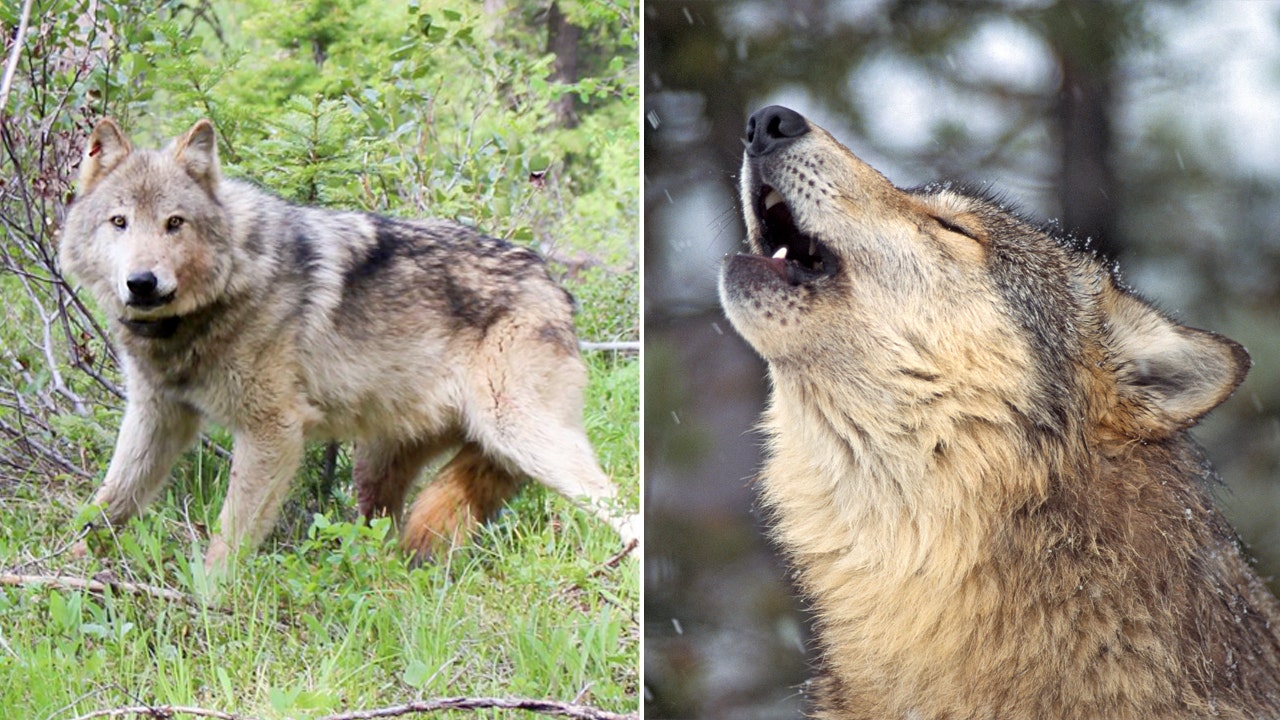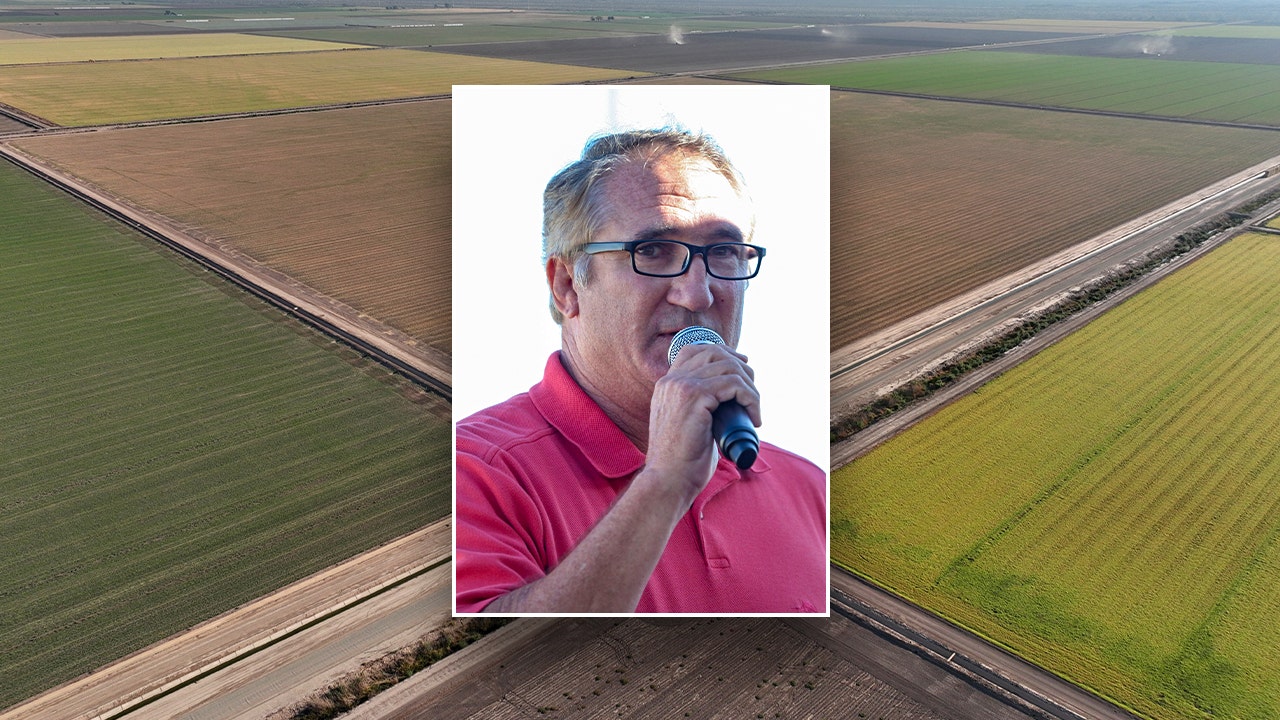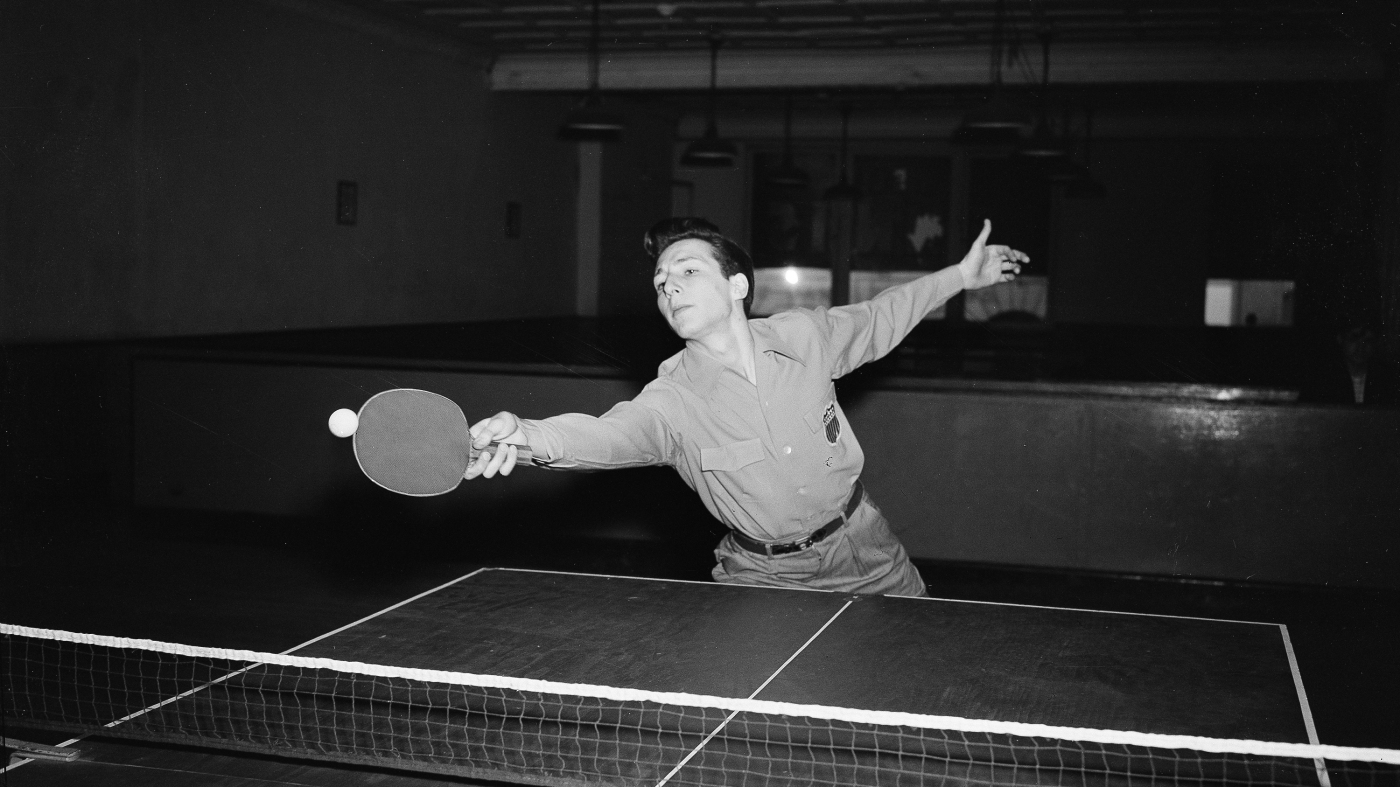West
Washington officials will vote to remove gray wolf from endangered species list

The gray wolf population in Washington may no longer be considered to be endangered.
The Washington Department of Fish and Wildlife (WDFW) is preparing to take a vote that may result in the removal of gray wolves from the state’s endangered list.
“The status of species listed as endangered, threatened, or sensitive is supposed to be reviewed every five years by WDFW staff through what we call a periodic status review (PSR) process to assess available species information and recommend whether the species’ status warrants its current listing or if a reclassification is recommended,” Staci Lehman, communications manager for the WDFW told Fox News Digital in an email.
RARE GRAY WOLF KILLED DURING HUNT IN MICHIGAN, OFFICIALS LAUNCH INVESTIGATION
Based on the current status of the species, the population could be reclassified to the list of sensitive species and taken off the state’s endangered list.
The gray wolf population may no longer be considered an endangered species in the state of Washington, after the Washington Department of Fish and Wildlife will vote to reclassify the animals. (WDFW)
This reclassification comes after more than a decade of data trends based on a population model developed at the University of Washington, according to a WDFW press release.
An animal is considered to be “state endangered” when it is “seriously threatened with extinction throughout all or a significant portion of its range within the state,” the WDFW continued.
Sensitive species is defined as “vulnerable or declining and likely to become endangered or threatened in a significant portion of its range within the state without cooperative management or removal of threats.”
OHIO REPRESENTATIVES MAKING WAVES TO NAME AN OFFICIAL STATE FISH
The state department extended the public’s comment period regarding the proposal to reclassify wolves to early May and the commission meeting in which a decision on reclassification will be proposed today, Lehman noted.
The wolf population in Washington increased 20% from last year, with data showing 260 wolves in 42 packs across the state. (WDFW)
While the wolf population will be relabeled, the WDFW will continue to manage the wolves, “with a focus on reducing conflict between wolves and livestock, emphasizing proactive nonlethal conflict deterrence, achieving statewide recovery objectives, and supporting wolf expansion into all suitable habitat statewide,” the press release continued.
For the past 14 years, the wolf population in Washington has continued to increase each year — it went up 20% from 2023-2024.
Two hundred and sixty wolves in 42 packs across Washington were reported last year, according to data collected by the WDFW.
For more Lifestyle articles, visit www.foxnews.com/lifestyle.
While the Washington gray wolf population was “virtually eliminated” in the 1930s, there was a significant rebound beginning in 2008.
The WDFW commission will be voting to remove the gray wolf population from the state endangered list and be added to the state sensitive list. (WDFW; iStock)
In April, the U.S. House of Representatives voted to remove gray wolves from the endangered species list, the Associated Press reported.
This would mark the first time in Washington that gray wolves will no longer be classified as endangered since the animal initially received state protection in 1980, according to the WDFW.
“Wolves were first listed as endangered by the Washington Department of Game in 1980 because of their historical occurrence in the state and subsequent extirpation,” the WDFW said.
Read the full article from Here

West
California farming tycoon arrested in wife’s killing

NEWYou can now listen to Fox News articles!
A California farming tycoon was arrested Tuesday on suspicion of murder in the shooting death of his wife in an Arizona mountain community.
The Navajo County Sheriff’s Office named Michael Abatti, 63, as the suspect in the murder of his wife, 59-year-old Kerri Ann Abatti.
On Nov. 20, at approximately 9:20 p.m., Navajo County Sheriff’s Office deputies arrived in Pinetop, Arizona, at the scene of an apparent homicide and found Kerri Ann Abatti dead from a gunshot wound, according to the sheriff’s office. Less than two weeks later, on Dec. 2, detectives executed search warrants on residences, properties, vehicles and camp trailers in El Centro, California, that were “associated with the Abatti family.”
WOMAN IN FLORIDA BARNES & NOBLE STABBED TO DEATH, POLICE SEEK MOTIVE
Michael Abatti was arrested on suspicion of the murder of his wife, Kerri Abatti. (Jay Calderon/The Desert Sun/USA Today Network via Imagn Images)
On Tuesday, detectives provided testimony to a Navajo County grand jury and obtained an indictment and arrest warrant from the Navajo County Superior Court. Michael was taken into custody that same day and was booked into the Imperial County Jail. The Navajo County Sheriff’s Office said Michael was booked on charges of violating Arizona Revised Statutes 13-1105 and first-degree murder. He is awaiting extradition to Arizona.
The home of Michael Abatti on Dec. 12, 2025, in El Centro, California. (Gregory Bull/AP Photo)
BRIAN WALSHE DECLINES TO TESTIFY AT MURDER TRIAL AS HE’S ACCUSED OF DESTROYING DAD’S WILL BEFORE MURDER CASE
“We extend our sincere condolences to Kerri’s family and to all those affected by this tragedy,” Navajo County Sheriff David Clouse said in a statement. He thanked those who worked on the case, as well as those who served on the Grand Jury, crediting them for “helping bring justice to the Abatti family.”
Michael and Kerri Abatti lived in El Centro before Kerri left in 2023 for Pinetop-Lakeside, her hometown, according to the Los Angeles Times.
Divorce filings seen by the LA Times reportedly showed that Kerri accused her husband of blocking her attempts to get the full picture of their income and real estate holdings while he made changes to their finances without consulting her or her attorney. She also claimed that she was struggling on the monthly spousal support that the court temporarily awarded her, according to the LA Times.
Agricultural fields in Imperial Valley.
CLICK HERE TO DOWNLOAD THE FOX NEWS APP
Michael Abatti comes from a long line of farmers and owns one of the largest agricultural operations in the Imperial Valley, according to reports. Additionally, he reportedly served as a member of the Imperial Irrigation District from 2006 to 2010. He grew several crops, including onions, broccoli and cantaloupes, CBS News reported. The outlet added that Michael and Kerri Abatti were married in 1992 and had three children.
The Imperial County Sheriff’s Office did not immediately respond to Fox News Digital’s request for comment.
Read the full article from Here
Denver, CO
Bars preparing for a festive Broncos and Nuggets-filled Christmas Day

DENVER –The Nuggets have played on Christmas Day 11 times in their storied history. The Broncos have done so only four times. This year is only the second time that both teams are playing on the same Christmas day, and sports bars are getting ready.
“It almost makes you feel like you’re at the game,” said Adis Mizic, Kitchen Manager at Tom’s Watch Bar in Denver, where they’ll be having giveaways and a live DJ to get the crowd feeling festive. “The energy in this, it’s just amazing… that’s kind of the whole point. We want you to feel like you’re at the game.”
Denver7’s Anaya Salcedo
At Chopper’s Sports Grill in Denver, Christmas came early. Owner Frankie Schultz and his team just installed a 350-inch LED screen to handle the demand of such successful sports teams.
“Literally, we just got it up this morning,” Schultz said. “It’s pieces that go together, but it’s seamless, and we’re really excited about it.”
Management at both of the sports bars are appreciative of those who volunteered to work on Christmas. Tom’s Watch Bar is supplying their employees with a special meal, and Chopper’s will have their kitchen closed, but with premade snacks available.
Denver7’s Anaya Salcedo

With low staffing, and unsure of how many patrons are going to show up on Christmas, Schultz hopes people will be willing to cut businesses some slack this holiday season.
“We’re going try to do what we can,” Schultz said, laughing. “We don’t know if it’s going to be five people or 200 but… it’s a holiday, so hopefully we get some forgiveness.”
The day of Denver7 Christmas sports starts off tomorrow with three NBA games, from 10 a.m. to 5:30 p.m. Pregame coverage of the Broncos-Chiefs game starts at 5:30, with kickoff at 6:00 p.m.
The Nuggets-Timberwolvse game gets underway at 8:30 p.m. It will start on The Spot Denver3 until the football game is over. Then, it will move to Denver7 for the remainder of the game and news after.

Denver7 | Your Voice: Get in touch with Ethan Carlson
Ethan Carlson is a multimedia journalist who focuses on stories that affect your wallet. You can check out his consumer reporting at Denver7’s Smart Shopper. If you’d like to get in touch with Ethan, fill out the form below to send him an email.
Seattle, WA
Week 17 Injury Report: Seahawks at Panthers

Wednesday’s Injury Report
Having kicked off their week of practice a day early, the Seahawks held what would usually be their Thursday work on Wednesday, a schedule shift that will allow the team to take Christmas day off before returning to practice on Friday.
The Seahawks had two players held out of Wednesday’s work due to injury, safety Coby Bryant, who left Thursday’s win over the Rams with a knee injury, and left tackle Charles Cross, who missed that game due to a hamstring injury suffered the previous week.
Seahawks coach Mike Macdonald said he did not have a timetable on either player, but did say that they are not expected to land on injured reserve, meaning they should be back at some point.
Cornerback Riq Woolen, who came out of last week’s game with a knee injury, was not on the injury report, a sign that he is OK.
For the Panthers, only two players did not practice due to injury, linebacker Trevin Wallace (shoulder) and defensive tackle Tershawn Wharton (hamstring), while guard Robert Hunt was limited by a biceps injury.
-

 Maine1 week ago
Maine1 week agoElementary-aged student killed in school bus crash in southern Maine
-

 New Mexico1 week ago
New Mexico1 week agoFamily clarifies why they believe missing New Mexico man is dead
-

 Massachusetts1 week ago
Massachusetts1 week agoMIT professor Nuno F.G. Loureiro, a 47-year-old physicist and fusion scientist, shot and killed in his home in Brookline, Mass. | Fortune
-

 Detroit, MI1 week ago
Detroit, MI1 week ago‘Love being a pedo’: Metro Detroit doctor, attorney, therapist accused in web of child porn chats
-

 Health1 week ago
Health1 week ago‘Aggressive’ new flu variant sweeps globe as doctors warn of severe symptoms
-

 World6 days ago
World6 days agoPutin says Russia won’t launch new attacks on other countries ‘if you treat us with respect’
-

 Culture1 week ago
Culture1 week agoTry This Quiz and See How Much You Know About Jane Austen
-

 Education1 week ago
Education1 week agoVideo: How We Tested Earplugs for Sleeping












